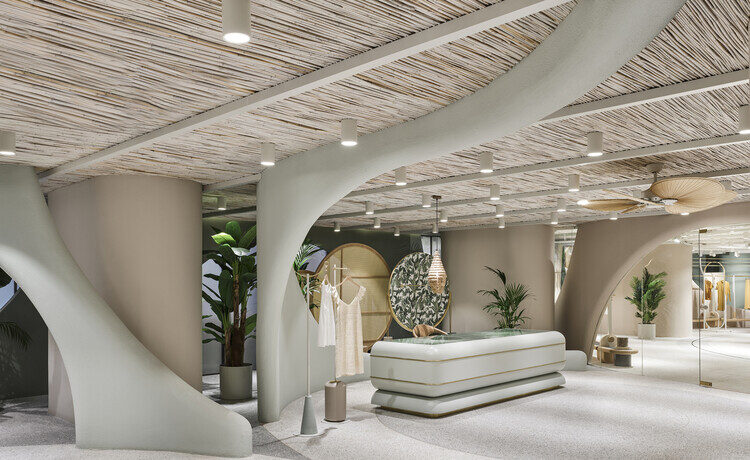Retail stores are a cornerstone of the modern economy. Their presence has powered entire communities, from small towns to city centers alike. Even with the rise of the digital age and the popularity of online sales, the traditional brick-and-mortar retailer remains resilient!
In large part, this resiliency can be attributed to how the end consumer feels. Shopping in a location that specifically sparks creativity, joy, and relaxation can lead to a much more productive experience – both for the store and the consumer. In this regard, architectural design has played a pivotal role in shaping consumer experience. A modern retail business is not just a space, but a dynamic environment that reflects contemporary values.
Here are the key architectural design trends that have helped strengthen retail stores in 2024:
Modularity, Flexibility, and Adaptability
Retail stores are a reflection of everchanging customer demand, trends, and preferences. On-ground staff must anticipate and adapt to such changes swiftly. Architects recognizing this need have begun incorporating modularity as a design philosophy. This allows for quick reconfigurations and interior changes, enabling retailers to change the look, feel, and flow of their store instantly. Flexibility in layouts allows for a much more diverse product display, with the ability to bring in pop-up stores and seasonal transformations! This ensures a local big-box store remains fresh to returning and new customers!
Minimalism and Simplicity
Minimalism has become a fundamental design principle in contemporary retail architecture. Minimalist design principles focus on simplicity, clean lines, and decluttered spaces, creating an atmosphere of sophistication and tranquillity. The modern customer can not only recognize attempts of ‘over-designing’, but also has a general disdain towards loud and complex design. Architects thus focus on eliminating unnecessary elements, enhancing visual appeal and creating a more immersive shopping environment!
Sustainability in Design
Perhaps the most essential paradigm shift brought in by customer demand is sustainability. People want to shop at a place that has a positive impact on the environment, they do not want to promote potential harm to their community! While this is a challenge to be addressed at the branding level, architects have found the solution on a design level. A focus on eco-friendly raw materials aligns a retail store with sustainability from the get-go. Implementing in-house solar panels, green roofs, and waste management can not only add to a store’s appeal but also have a genuine positive impact on the environment!
What matters most in Retail Architecture is partnering with the best. Stendel + Reich retail architects have pioneered these design trends, and can redefine what a ‘retail presence’ means for your business!














